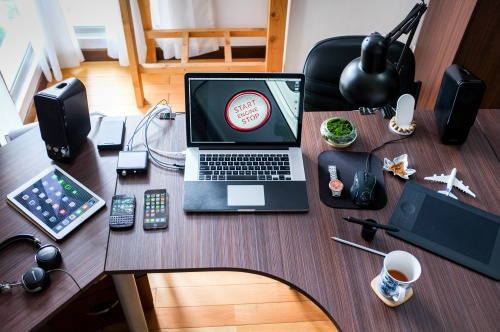Single-page applications (SPAs) are web apps that load a single HTML page and dynamically update the content as the user interacts with the app. They can provide fast and responsive experiences and can be built with frameworks such as Angular, React, and Vue.js. In this guide, we will explore how to build an e-commerce SPA using one of these popular frameworks.

One of the key benefits of SPAs is their ability to provide a fast and responsive user experience. Unlike traditional web apps that require a full page reload each time a user navigates to a new page, SPAs use client-side routing to dynamically update the content without the need for a full page reload. This results in a faster and smoother experience for the user.
Another benefit of SPAs is that they can work offline. This is because SPAs can cache the necessary resources and data on the client-side, allowing the app to continue functioning even when there is no internet connection. This is particularly useful for e-commerce apps, as it means that customers can still browse products and add them to their cart even when they are offline.
To build an e-commerce SPA, we will use a popular JavaScript framework such as Angular, React, or Vue.js. These frameworks provide a set of tools and libraries to help developers build fast and efficient SPAs. For example, Angular provides a powerful template engine and two-way data binding, while React provides a virtual DOM that makes it easy to build high-performance UIs. Vue.js is a lightweight framework that is easy to learn and provides a simple and flexible structure for building web apps.
Once the framework is set up, we can start building the app. This typically involves creating the different views and components that make up the app, such as the product list, product detail, and cart views. These views can be built using reusable components that can be shared across the app, making it easy to update and maintain.
In addition to the views and components, we will also need to set up the routing for the app. This is done using client-side routing, which allows the app to navigate between different views without the need for a full page reload. This can be done using routing libraries such as Angular’s ngRoute or React Router.
To make the app functional, we will also need to set up the back-end. This typically involves creating a RESTful API that the app can communicate with to retrieve data and perform actions such as adding products to the cart. This can be done using popular back-end frameworks such as Node.js and Express.
In summary, building an e-commerce SPA can provide a fast and responsive user experience for customers. By using a popular JavaScript framework such as Angular, React, or Vue.js and setting up client-side routing and a back-end RESTful API, developers can easily create a functional and maintainable e-commerce app that can provide offline functionality.

